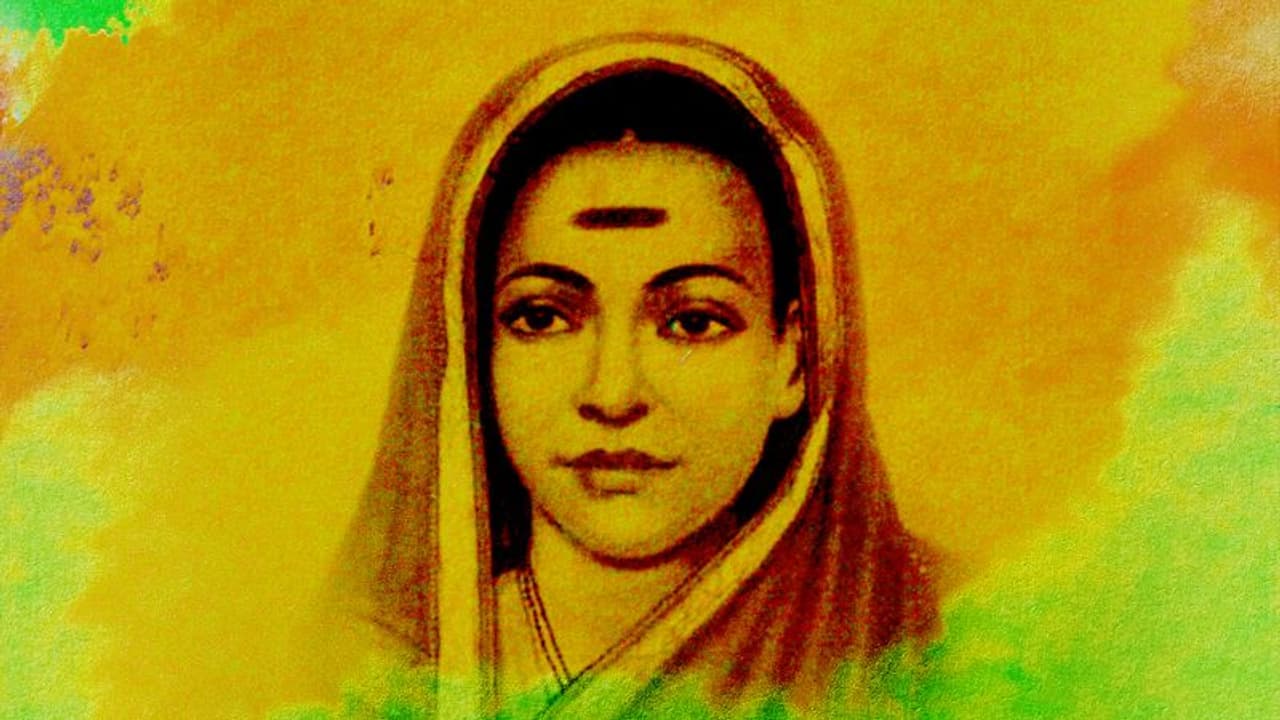Savitribai was a prolific writer in the Marathi language. No wonder, while she has, like BR Ambedkar and Annabhau Sathe, become an icon for the Dalits, particularly the Mang caste, she is also a phenomenon associated with Marathi pride that brings together the entire Maharashtrian society
Savitribai Phule was one of India's earliest feminist pioneers. She was the nation's first woman teacher who also founded the first girl's school in the country. Along with her husband Jyotirao Phule, she fought the twin oppressions of casteism and patriarchy. Today, she finds little mention than deserved in Indian history.
Child bride who sparked revolution of women’s education in India
Savitribai, belonging to the Shudra caste, was married off at the ripe age of 10. However, that did not deter her from pursuing her education. With help from her husband, Savitribai learned how to read and write. This act in itself was revolutionary, since, during her time, the concept of education was reserved to upper caste men.
She did not stop there. After completing her education, she trained to become a teacher. In 1848, the wife-husband duo started the first Indian-run school for girls in Bhidewada, Pune. She thus became India’s first female teacher.
She taught children from different castes and went on to establish a total of 18 schools. She gave incentives to students from dropping out from schools by providing them with a stipend. The couple also opened a care centre called Balhatya Pratibandhak Griha for pregnant rape victims and helped deliver their children.
Dalit woman who fought the casteist patriarchy
Savitribai didn’t just become the champion of women’s literacy but also fought against the caste bias and worked towards discrimination based on gender.
She championed widow remarriage and started a home for pregnant Brahmin widows to give birth in a safe and secure place in 1863.
At a time when the Indian society was home to many social evils, being a Dalit woman, Savitribai stood up for those oppressed.
However, her journey wasn’t without adversities. Upper caste men did not take well to the empowerment of a Dalit woman in society and she would have stones and cow dung slung at her while on her way to school.
Savitribai opened a well in her house to provide water to the ‘untouchables’ of lower castes who were denied access to drinking water by the upper caste.
Savitribai did not have a child of her own. Her husband Jyotirao Phule and she adopted the son of a Brahmin widow, Yashavantrao.
Savitribai and her adopted son opened a clinic to treat those affected by the worldwide third pandemic of the bubonic plague when it appeared in the area around Nallasopara in 1897. She personally took patients to the clinic where her son served them. While caring for the patients, she contracted the disease herself. She died from it on 10 March 1897 while serving a plague patient.
Savitribai was a prolific writer in the Marathi language. No wonder, while she has, like BR Ambedkar and Annabhau Sathe, become an icon for the Dalits, particularly the Mang caste, she is also a phenomenon associated with Marathi pride that brings together the entire Maharashtrian society. In parts of Karnataka adjoining Karnataka, her legacy is equally strong.
On January 3, the search engine Google marked the 188th birth anniversary of Phule with a Google doodle.
